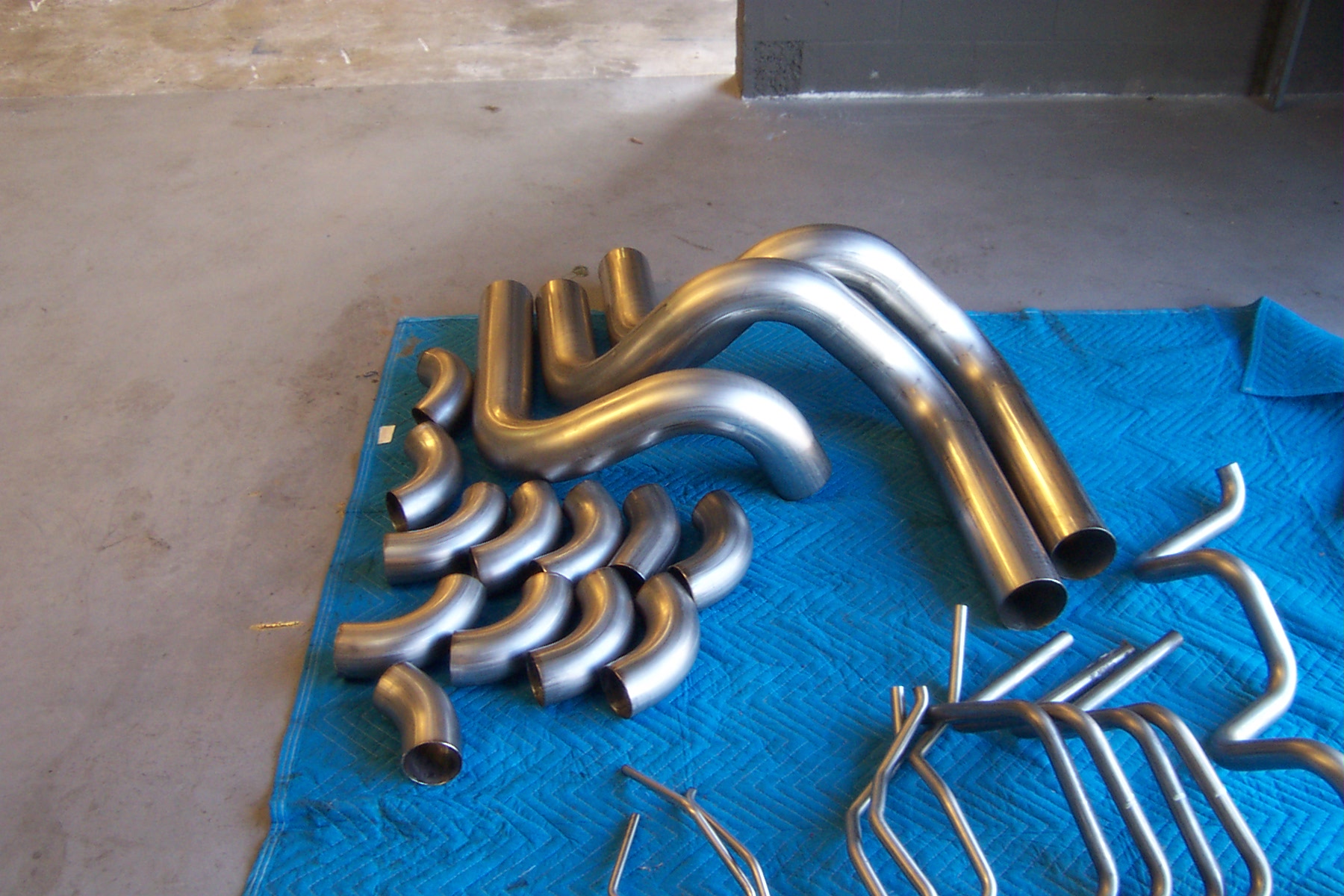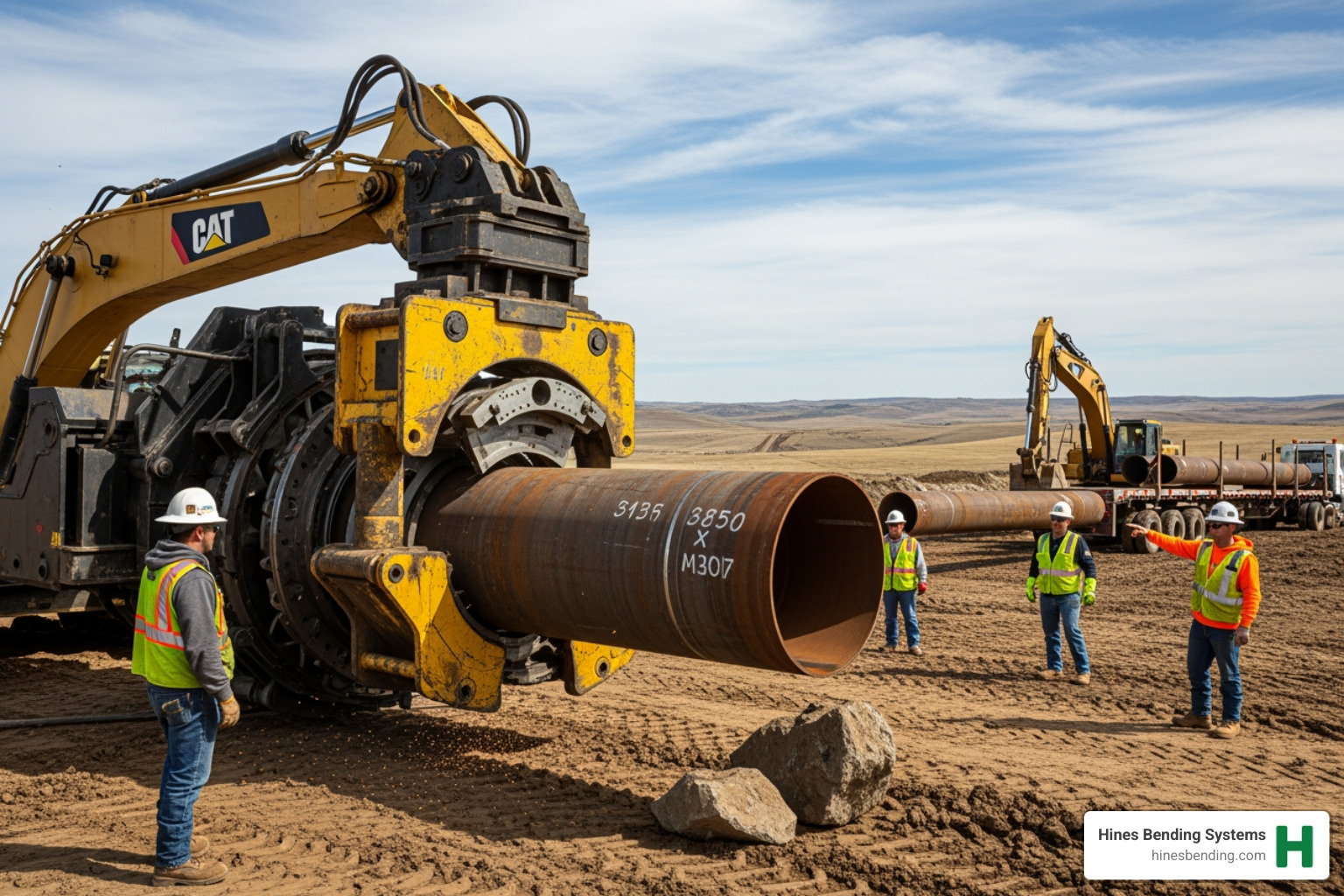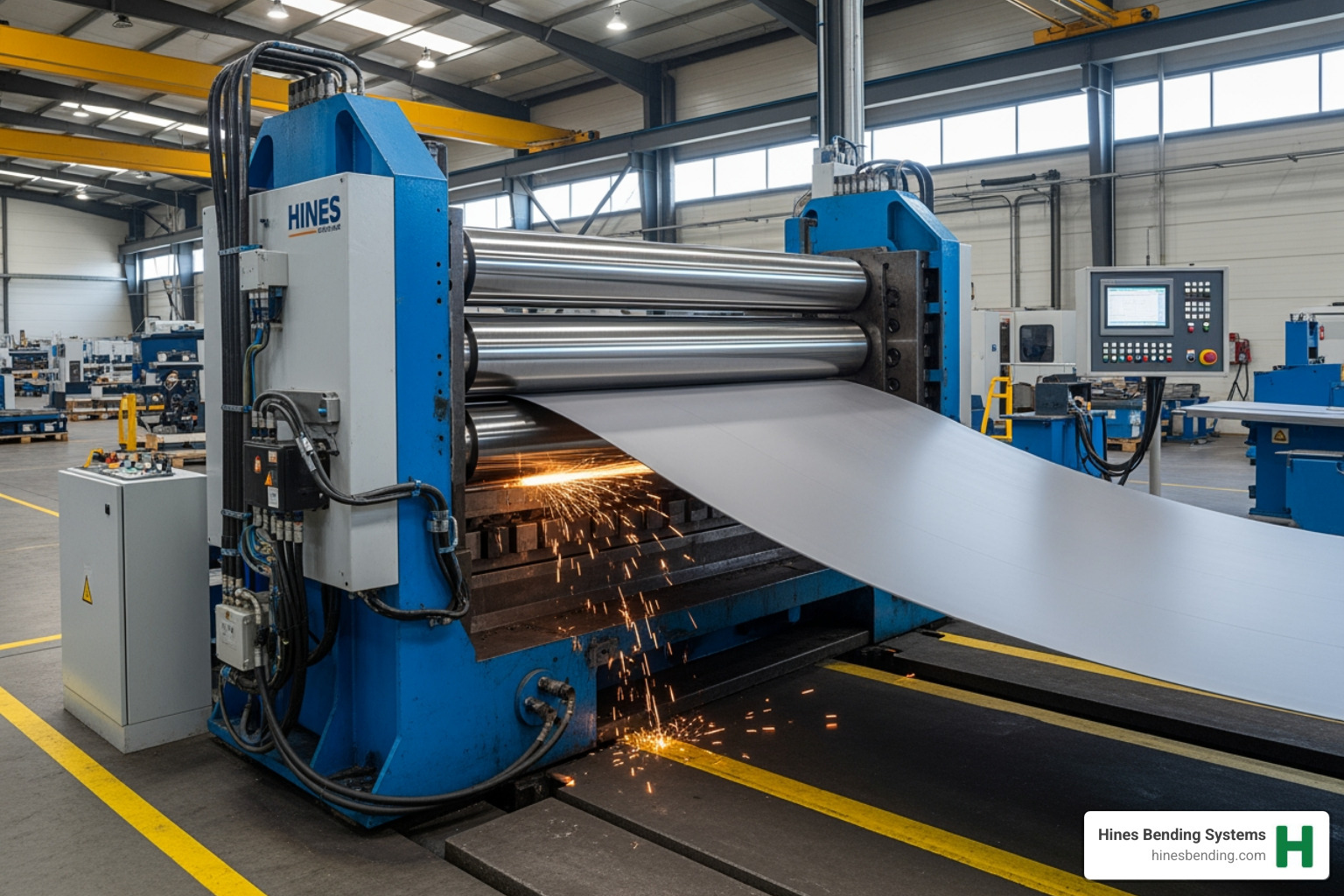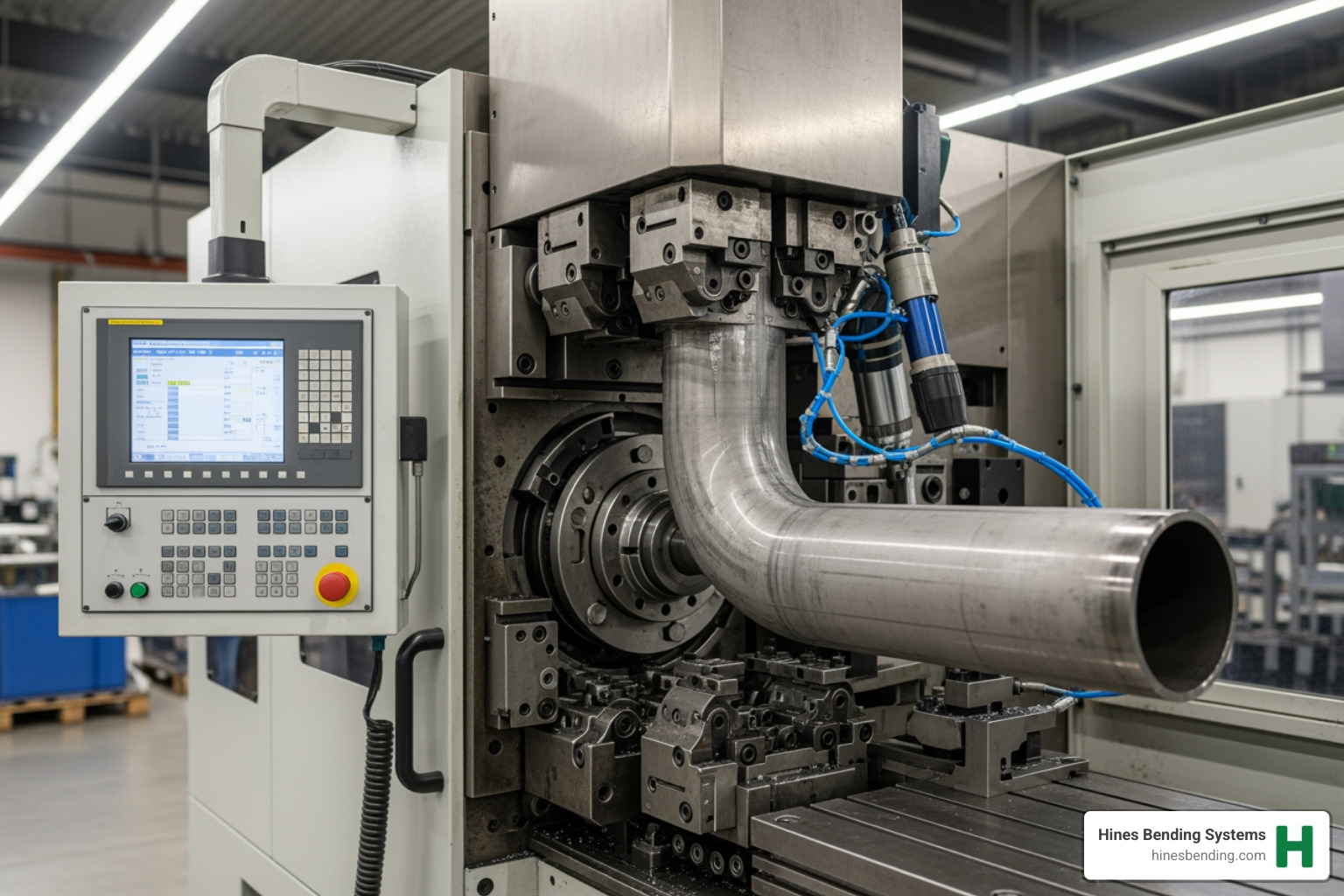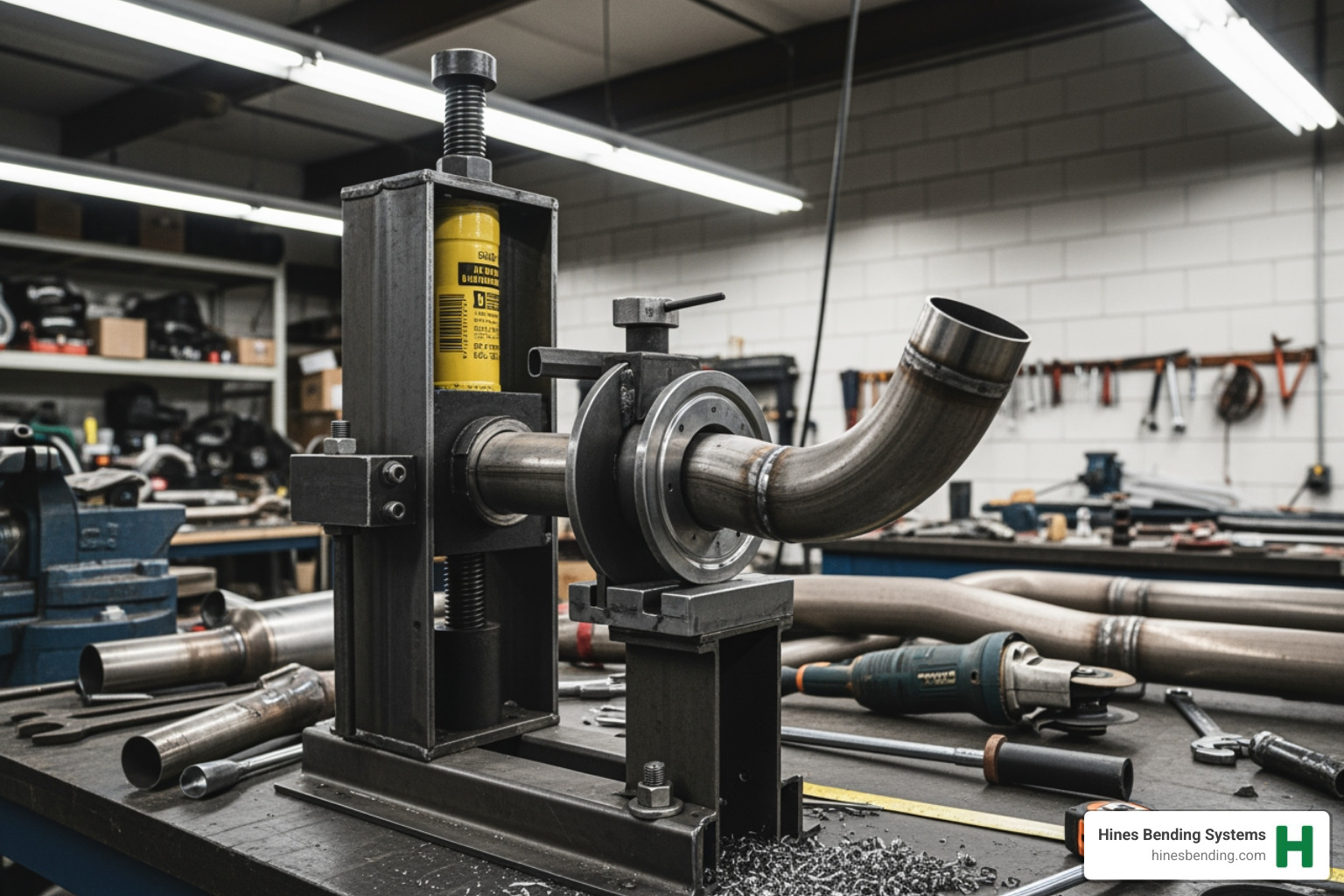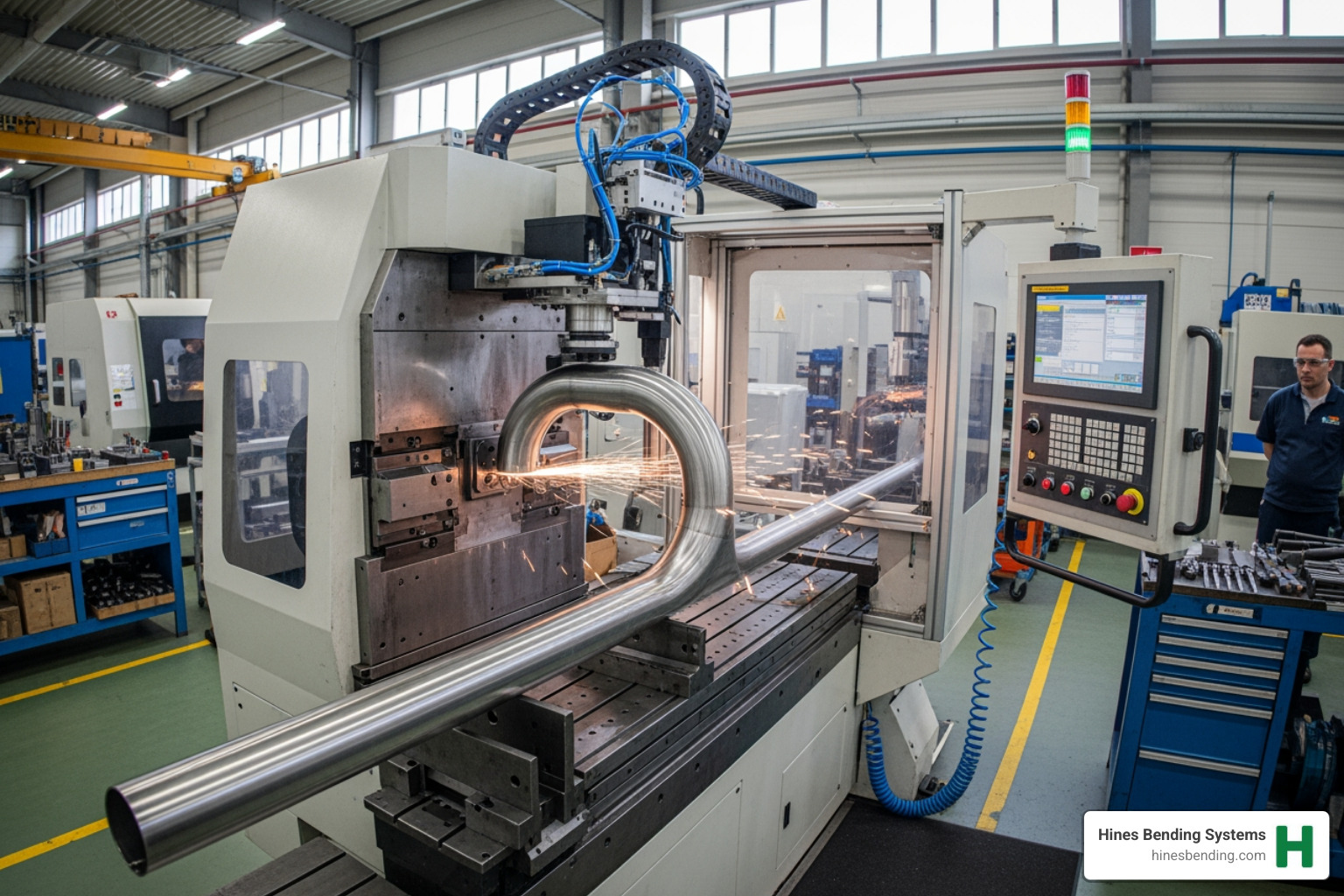[vc_row][vc_column][vc_column_text]If you’re considering investing in a high-quality steel pipe bender, you’ve come to the right place. There are a variety of pipe and tube benders for sale that can help produce quality bends with precision and consistency, including manual, semi-automatic, and CNC tube bending machines.
While selecting the best type of stainless steel pipe and tube bending machine, it is vital to consider different factors such as price, precision, and consistency. Below is a list of the factors that need to be considered when choosing the best steel pipe bender for you.
What to Consider Before Purchasing Pipe Bending Equipment
- Cost of Tube Bending Machines: Generally, the cost of tube and pipe bending machines varies according to the manufacturer, available features, performance, and overall capacity. The cost of the steel pipe bender will increase with its size. Most large bending machines are custom-built per the user’s specifications.
- Expected Return on Investment: An essential factor for the success of any business is the return on investment (ROI) after any significant investment. Every company sets its own profit goals in order to keep spending reasonable. Overextending finances without being able to gain favorable ROI can lead to a company’s downfall.
- Output: While selecting a steel pipe bender, it is essential to consider its output capacity, which is parts per hour produced. However, factors such as the tube size, shape, and proficiency of the operator will have an influence on the production capacity of any pipe bending machinery.
- Upgrade in Time: If you are currently using a semi-automatic bender, upgrading to a CNC bender will be preferred since CNC bending machines are able to be programmed to function in a specific manner. However, some small shops’ production needs will change over time, causing labor charges to increase.
- Scrap Rate: The amount of scrap produced should also be considered when choosing pipe and tube bending equipment. The scrap rate becomes a vital factor for companies using expensive materials. The scrap rate is determined by both the bending machine and operator’s efficiency. Hence, CNC bending machines produce less scrap compared to semi-automatic bending equipment. In a semi-automatic bender, the scrap rate increases as the operator becomes less efficient.
- Precision and Consistency: A pipe bender is at its most efficient if it can repeat its movements accurately. With CNC bending, it is possible to guarantee precision and consistency. Still, the accuracy of the bends will also depend on the machine’s maintenance over time.
Questions to ask when purchasing steel tube bending machine
When it comes to steel tube benders individuals that purchase ask some great questions. Let’s review a few.
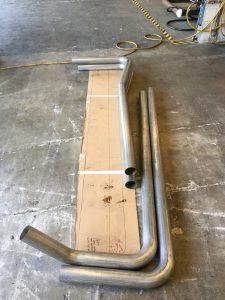
Do Steel Tube Benders Bend Mild and Stainless Steel?
When purchasing a steel tube bender it is relatively safe to say yes. There are exceptions and most relate to actual bend specifications as to the type of bend desired if bent on just any steel tube bender. Fortunately, with an industrial hydraulic mandrel steel tube bender this becomes a non-issue. For this reason, we will use the industrial mandrel hydraulic steel tube benders for this discussion.
When you purchase a Hines mandrel hydraulic steel tube bender for example, the tube bender does bend mild and stainless steel. Think of the tube bender as a hydraulic holder for the steel tube. The tube bender supports a bend die, clamp die, and pressure die.
As required, the tube bender also supports a wiper die and mandrel. These tooling components support and secure the steel tube through a bend on a steel tube bender. The mechanics of the steel tube benders bring all of the tooling together with control of pressure and speed.
In the end, steel tube benders do not know whether it is mild steel or stainless steel that is bent. Or, aluminum, titanium, chromoly, and so on. The success of a bend will be a combination of the right bender, tooling, and a trained or experienced operator.
Tooling
Speaking of tooling, when you order tooling, mild steel or stainless steel does matter. Material type does need to be considered when a mandrel or wiper die are needed.
- If a mandrel is required, a mild steel tube mandrel will be chrome.
- If the material is stainless steel, a mandrel will be bronze. This difference is important.
If you use a chrome mandrel inside stainless steel tube it will gall the inside of the tube. Using bronze for this is the go-to rule with very rare exception.
Same for wiper dies. When you bend stainless steel tube, the wiper dies are made with bronze to wipe the inside bend area of the stainless steel tube to remove wrinkles.

How small of a radius can a steel tube bender bend?
Another great question is the smallest radius possible you bend on steel tube benders. When it is an industrial mandrel hydraulic steel tube bender, the smallest radius possible will be 1D. Or, specifically 1 x diameter of the steel tube. In the instance where a smaller radii is desired, the bent steel tube is placed into a press after the 1D bend is made.
However, just because 1D bends can be done on a steel tube bender does not mean they are easy despite the right machine and tooling. Bend experience with a trained operator becomes key. It requires knowledge of the material, tube bender settings, and the tooling to find the ‘sweet spot’ for a 1D bend to be consistent.
What is the smallest and largest outside diameter on a steel tube bender?
It depends on the steel tube bender capacity. To make the largest outside diameter the capacity is typically based on tonnage required to bend a specific outside diameter and wall thickness. For example, on a Hines 300 Semi-Automatic Tube & Pipe Bender capacity is set to 4.5” OD x .250 wall.
That said, tube benders are designed with this space in mind for tooling this outside diameter to fit properly.
On the other hand, the smallest outside diameter has some wiggle room. This will be more dependent on the reach of the clamp die respective to the radius of the bend. These two pieces of tooling need to meet and hold the steel tube in place. Therefore, the smallest OD is dependent on the exact bend specifications of the job.
Bottom Line
To speak with bending machine manufacturers directly about finding the best pipe bending machine for your specific needs, contact Hines Bending Systems today for help.
[/vc_column_text][/vc_column][/vc_row]
